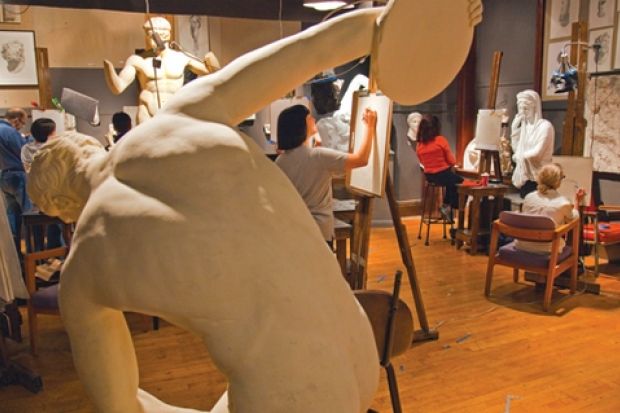The government's new higher education policies could cut student places in science, technology, engineering and mathematics (STEM) subjects and create extra places in cheaper arts and humanities disciplines, vice-chancellors have warned.
A number of senior sector figures are concerned that the core-margin system, unveiled in the government's higher education White Paper, will deduct places from high-cost STEM subjects and allocate them to cheaper institutions more likely to offer lower-cost arts and humanities places.
Critics also argue that the proportion of AAB students is higher in arts and humanities subjects, creating a further incentive to weight provision towards those disciplines under the new market for elite students.
Some vice-chancellors raised the issue with Prime Minister David Cameron during a meeting at 10 Downing Street last month.
Under the system, universities will lose an average of 8 per cent of their student places, creating a 20,000-strong margin to be auctioned off to institutions - including further education colleges - that offer average fees of less than £7,500.
The government has said that this "contestable" margin will be expanded in future years.
Don Nutbeam, vice-chancellor of the University of Southampton, said: "One possibility is that the growth you will see in the part of the market that achieves a cost of less than £7,500 may be in areas less expensive to teach.
"The opportunity to study at a research-intensive university willing to carry the high-cost bases of physics and chemistry - and that has a research economy that is mutually supportive - may be reduced."
Under the fees system to apply from 2012-13, the undergraduate teaching grant for arts and humanities subjects will be scrapped entirely, while a reduced grant will remain for high-cost subjects that fall within the Higher Education Funding Council for England's band A and band B funding categories.
Les Ebdon, chair of the Million+ group of new universities, said the STEM issue was a "genuine concern...It won't be very long before you find that universities are switching their offers towards the liberal arts."
Whether institutions were looking for extra places at AAB or were planning to charge below £7,500, the incentive would remain, Professor Ebdon argued.
He said there are "more AABs to be found" in arts and humanities subjects.
And at the cheaper end of the market, said Professor Ebdon, "there is no way you could create an engineering place at £6,000 or even £7,500, even with some additional money from Hefce".
But Sir Steve Smith, president of Universities UK, said that data from the Higher Education Statistics Agency on the proportion of AAB students across the disciplines did not indicate cause for concern.
"It is genuinely difficult to think that there is a major problem," he said.
But one vice-chancellor, speaking anonymously, said there were "large variations in (the number of) AAB students by subject area (about a tenfold range), so a big shift in AAB students could have unintended consequences for the portfolio of courses at the institutional level".
